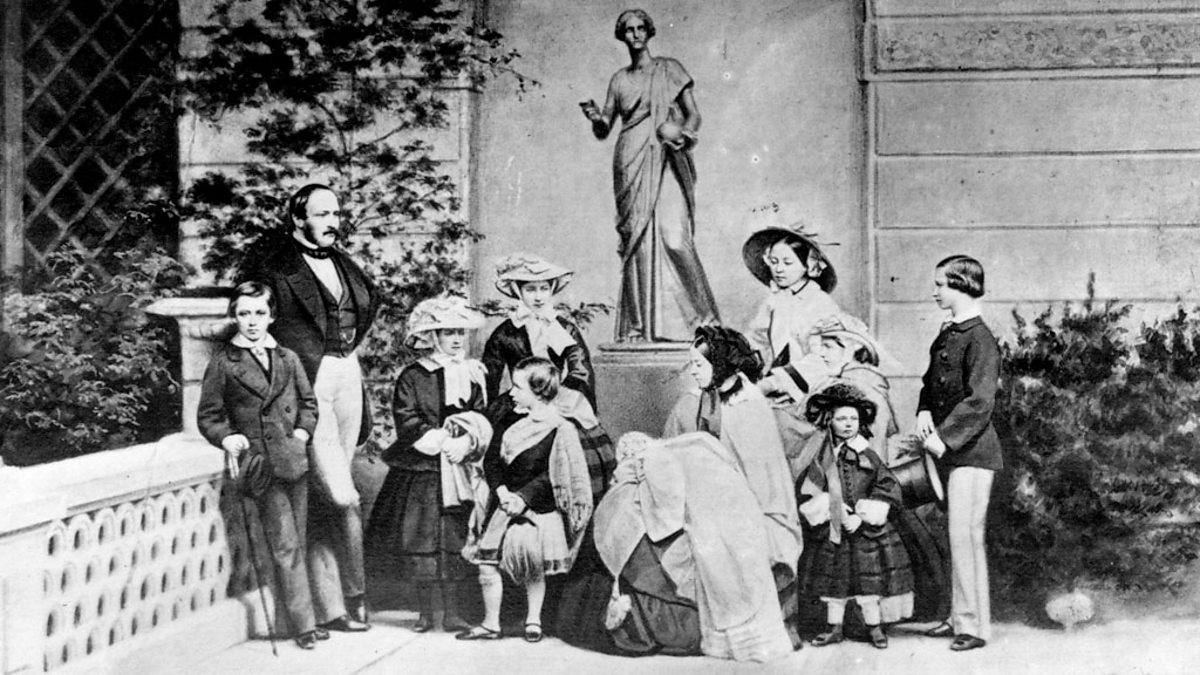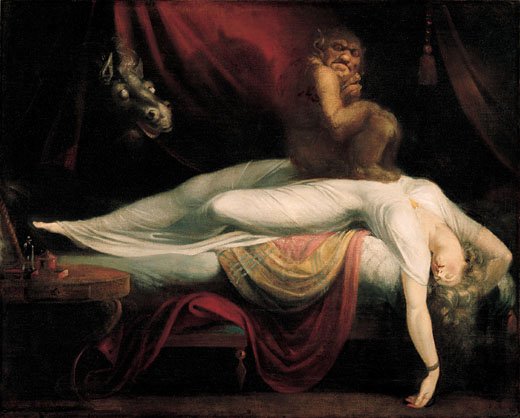 |
| Henze Phaedra, Berlin 2007 photo by Ruth Walz |
Hans Werner Henze Phaedra at the Linbury, Royal Opera House, with the Jette Parker Young Artists Programme. On 10th September 2007, I was at the world premiere in Berlin at the unrefurbished Staatsoper unter den Linden. Then, Michael Boder conducted Ensemble Modern, with Joihn Mark Ainsley, Maria Riccarda Wesseling, Marlus Petersen, Axel Köhler and Lauri Vasar. In January 2010 it came to the Barbican London, unstaged but with the same personnel. Over the years I've written quite a bit about Henze and Henze's Phaedra in particular.. Here's what I wrote back in 2007 when it was new and my first impressions fresh.
When he wrote L’Upupa, or TheTriumph of Will some years ago, Hans Werner Henze said it would be his last opera. Approaching his 80’s, Henze was dynamised by a whole new surge of creativity. This new opera, his fourteenth, is even more innovative, its impact enhanced by the intensity of feeling that has gone into it. While Henze was writing it, he had a catastrophic illness. When he recovered, his partner of 40 years, who had nursed him back to health, passed away. “The prospect of mortality”, so the saying goes, “focuses the mind”. Perhaps this accounts for Phaedra’s intensity, for it seems distilled from a lifetime of experience and wisdom. There is so much in it that it will, no doubt, keep revealing new depths.
The central image from which the production develops is that the orchestra, in this case Ensemble Modern, is placed in the centre of the auditorium, between stall and galleries. Raised on a platform, the musicians are reflected directly onto a huge mirror surface on stage. It’s a brilliant concept, because it concentrates so many ideas in this remarkable opera. As Henze has said, it’s a “concert opera”, more than opera or concert music alone. Barriers between musicians and audience are blurred because this is an opera where listeners participate, rather than sit passively uninvolved. It’s a creative challenge. What is reality? What is reflection? How does imagination enhance what we see and hear? This is an opera which engages many levels of creative response. The singers start, standing in a circle round the conductor, then gradually make their way along a catwalk, where they are literally inches from the audience. There’s no way you can miss being engaged. It also opens the music out spatially, reinforcing the sense of ever-expanding horizons. Later, the large mirrors are revealed as a series of mirrors which refract visual images like a kaleidoscope, shifting and rearranging “reality” in constant flux. Similarly, the lighting moves, creating substance, even though it’s achieved simply by shadow and illumination.
This is a brilliant example where staging enhances and amplifies concepts central to the music and to the meaning of the opera.
Henze uses only 23 orchestral players and 5 singers, yet builds intricate textures and sub-textures into the richly vibrant score. Part of this comes from individualised groups of instruments operating like inner cells within the whole. The four string players – only four – operate sometimes as a quartet, sometimes as part of the whole. Piano and celeste feature as distinctive individual voices “within the chorus” so to speak, a subtle reference to the Greek origins of the narrative. There’s a fine swathe of cors anglaise, bassoons and a contraforte, a newer contrabassoon with an even more resonant lower range. Henze’s writing for percussion is particularly lively, for he uses a huge range, and works in sounds which are outside the western mainstream, such as Chinese gongs and wooden bells, at once expressing the atavistic nature of the narrative and its universal significance. The textures in this piece manage to be at once floating, sheer and diaphanous, while operating at far more sonorous deeper levels. With Ensemble Modern, Henze’s ideas can be fully realised because this orchestra is an extended chamber ensemble, attuned to precise virtuoso playing. Henze’s textures are deliberately ambiguous, floating freely between diaphanous transparency and sonorous darkness, brooding with menace. With Boder, the ensemble negotiates the shifting textures deftly. This is music that “acts” in the abstract, for it moves, provocatively, through several simultaneous levels.
Given the spare orchestration with its emphasis on keyboard, brass and percussion, Henze is evoking Britten’s short cantata, Phaedra. Britten and Aldeburgh were formative influences in his career. (Please see what I wrote in 2010 comparing Britten's Phaedra and Henze's Phaedra HERE) Similarly, the references to Wagner reflect Henze’s love-hate relationship with the man who revolutionised opera in his own time. Mozart, Berg and others appear, too, thus “expanding” the music across space and time. It’s as if Henze is looking back on his own life, through a retrospective of opera history.
Like dreams, Greek myths don’t follow any logical rationale, yet have the power to touch the deepest parts of our psyches. Ultimately. this is perhaps what makes Phaedra so emotionally involving. Henze and his librettist Christian Lehnert go straight for the mystery and its unresolved, unresolvable emotional turmoil. This is a drama that can’t be approached literally, so the text itself tantalises, giving clues rather than answers. Ever present, though obliquely hidden in the background is the image of the Labyrinth in which the Minotaur was imprisoned. Here the Minotaur wears an immaculate dinner jacket, a primal, disturbing symbol yet “civilised” in modern dress. Lauri Vasar’s solid baritone reflected the bassoons and Wagnerian tubas in the orchestration.
By writing Artemis for counter tenor, Henze is at once acknowledging the role
of the voice type in opera history and expanding its repertoire for the future. Moreover, he’s exploring the unusual qualities of the voice type, revealing its unique beauty. There is something unworldly about counter tenors, which expresses the exotic, surreal worlds Henze’s music so often evokes. His writing flows naturally with the voice, without distortion, so a singer can focus on meaning rather than sheer vocal gymnastics. Since Artemis is female, and the object of Hippolyt’s love, using a counter tenor to portray her adds another important element to this opera. I’ve long enjoyed Axel Köhler’s singing, and here his clean, fluting tones worked well with Hippolyt’s tenor and with Marlis Petersen’s high, bright soprano.
The two key roles, however, are Phaedra and Hippolyt. The whole opera is electrified by the frenzied energy generated by the polarity between the pair.
After Magdalena Kozena pulled out, Maria Riccarda Wesseling took on the part. This is a stunning role, highly dramatic and intense, a star vehicle if there ever was one, and Wesseling rose to the occasion. Under the wild abandon, her Phaedra was imperious, bristling with tension and power. She moves like a tiger, twisting her body seductively, but the controlled dignity in her singing expressed Phaedra’s strong personality and her ultimate power to destroy, even if she must destroy herself in the process. Hence the tight “bondage” costume, complete with dehumanising headdress, which must be horrendously uncomfortable to sing in. Wesseling’s Phaedra is savage, but as the music and text demonstrate, she’s as much trapped into the violent ethos of this mythic world as the Minotaur in his labyrinth and Hippolyt in his various caves and cages.
Yet it is Hippolyt on which Henze’s opera pivots, and around whom the meaning of the work, whatever it might be, might be found. John Mark Ainsley was superlative. He’s done much excellent work, but this was a leap into another league, artistically. It was superb. His Hippolyt exudes erotic danger, tinged with animal-like primal unconsciousness. No wonder everyone wants a piece of him, and the rape scene is so disturbing. Yet, there’s much more to this Hippolyt, and Ainsley’s characterisation also develops the role in accord with what Henze seems to be aiming at.
The second act, “Evening”, contains some exceptionally good music. The storm scene, for example is truly spectacular, highly atmospheric yet scored in careful detail with counterpoint and cross currents, easily eclipsing Adès’s storm music in The Tempest. The small orchestra is augmented by some recorded sound which adds a subtle yet quite stunning “supernatural” overlay. It is, after all, a psychic storm, from the Underworld, followed by a cataclysmic earthquake which transforms Hippolyt’s fate.
Hippolyt’s central role in this opera is emphasised, too, by having a grand piano on stage. Just as the orchestra had earlier been reflected onto the stage by mirrors, now an instrument, and a solid one at that, is in full focus. Mussbach has Ainsley stride on top of it, singing sometimes unaccompanied, sometimes supported by the piano in the “real” orchestra. It’s a Lieder moment, intimate and personal. It’s also the scene of his final violent
struggle with Phaedra, trumpets and trombones blaring out alarms. The very last scene, when Hippolyt is transformed yet again into the King of the Forest. Vernal flutes and horns evoke feelings of spring and renewal. It is a kind of apotheosis, Ainsley’s voice rising strong and clear : “Ich bin hier in meinem Anfang”. In the glorious final dance, the singers regroup, and darkness becomes light.
I loved L’Upupa, but Phaedra is even richer. It is profound and deeply felt, resonant on many different levels, a major work by a composer who has truly earned his place in the pantheon of opera history.

















